Thomas Penn, one of William Penn the Quaker’s sons, but not himself a Quaker, had a large vault constructed beneath the nave of Penn Church, and four of his children and one of his brother Richard’s, were laid to rest there between February 1753 and June 1766 1. The children’s ages ranged from 7 months to 12 years.
There was also an unrecorded sixth tiny coffin for a still-born child marked with a ‘P’. The Rev. John Middleton, Vicar of Penn from 1787 to 1808, first came to Penn in March 1766 as the curate to the non-resident Vicar and so would probably have buried the last of the children in the vault.
The Revd Middleton reported in a letter dated August 9th 1802 that, ‘Mr Penn made this Vault altho’ he had no House or Land in the Parish. He wish’d much to make some purchases, but never could effect his purpose. He afterwards purchas’d a house and Estate at Stoke2 near Windsor, where his son at present resides, and where the family are now buried, a few only having been deposited in the Vault at Penn’.3 Only a church whose patron and vicar fully accepted the Quaker family’s claim to kinship with the Penn family of the parish, would have allowed him the privilege of such a major and disruptive undertaking.
The existence of the vault was remembered, but its whereabouts and entrance had been forgotten and was not re-discovered until March 1968 during work on the nave floor to cure dampness. The Vicar (Oscar Muspratt) had a hole drilled in the floor of the nave next to the stone memorial slab to William Penn, the first grandchild to be buried in 1753. He lowered a sort of periscope and having seen the vault the hole was enlarged and a camera lowered to take photographs. The entrance to the vault was found in the church porch, the vault entered and inscriptions on the six coffins examined.
The vault was found to be of brick, 30ft x 10ft and 7ft high. It was then dry, but 21 years later, in Feb. 1987. when I visited the vault with Earl Howe, the church architect and verger, it had recently been up to 5 ft deep in water. The wood of the coffins, apart from the lids, had all perished leaving the lead lining.
© Miles Green, Penn Parish Newsletter No.50, July 2017
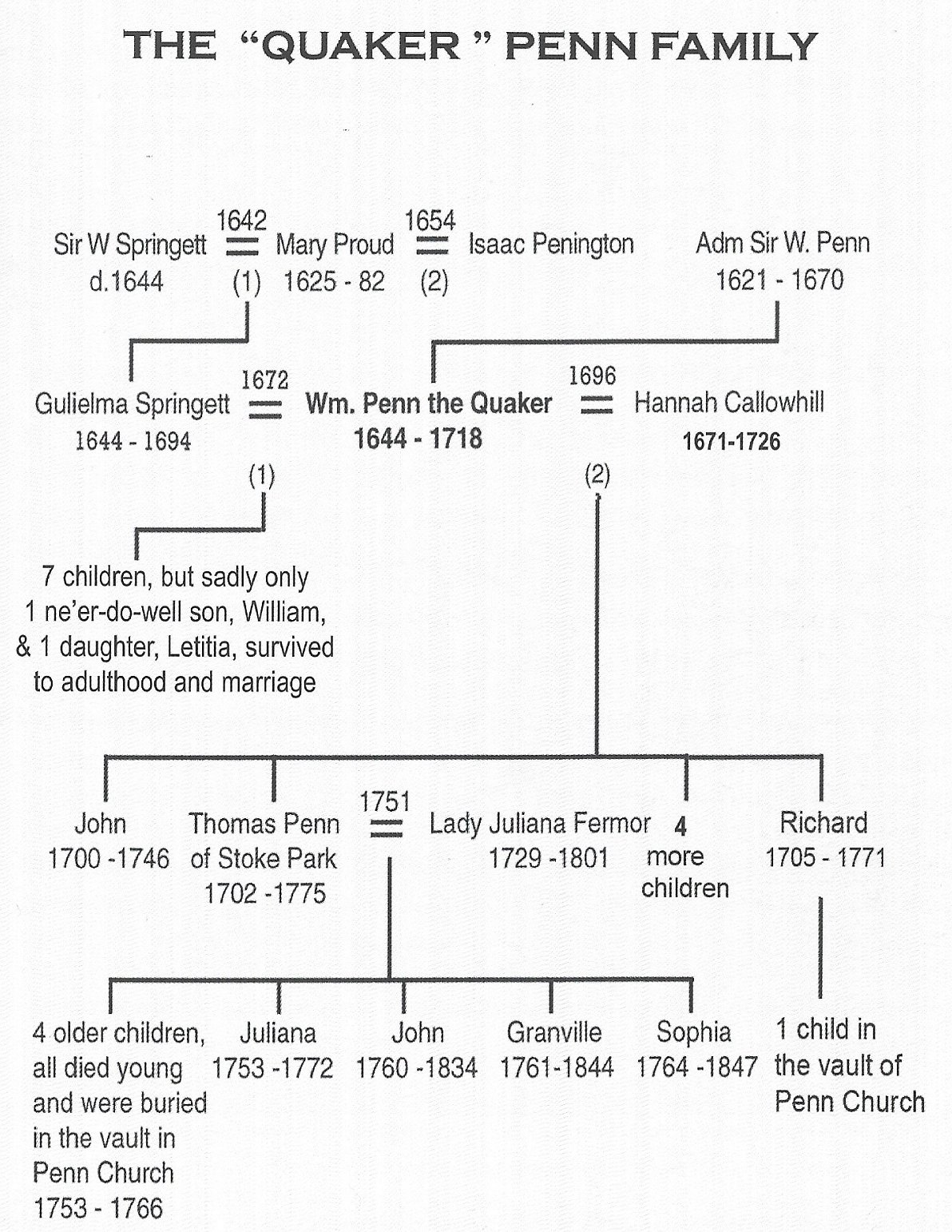
William Penn and Quaker links with Penn Parish, p.25, Miles Green, 2009
Burial Registers and Coffin Inscriptions
WILLIAM son of Thomas Penn Esq.,
Proprietor of Pennsylvania, and Juliana his wife, Feb, 18: 1753
(age on coffin 7 months, date of death Feb, 14)
THOMAS Penn Esq, son of Thomas Penn Esq.,
Proprietor of Pennsylvania, and Juliana his wife, September 13: 1757
(age on coffin 2 years and one month, date of September 5th)
Master WILLIAM Penn, son of Richard Penn Esq.,
and Hannah his wife of the Parish of St. James, Westminster,
Buried Feb. 12: 1760.
(age on coffin 12 years and 8 months, date of death Feb.4)
Master WILLIAM Penn, son of Thomas Penn Esq.,
and Lady Juliana his wife, was buried April 30: 1760
(age on coffin 5 years 9 months and 6 days, date of April 24)
LOUISA HANNAH Penn daughter of the Honble Thomas Penn Esq.,
proprietor of Pennsylvania, June 15: 1766
(age on coffin 9 years 10 months and 19days, date of death June 10)
(unrecorded sixth tiny coffin for a still-born child marked with a ‘P’.)














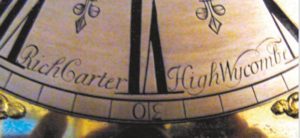
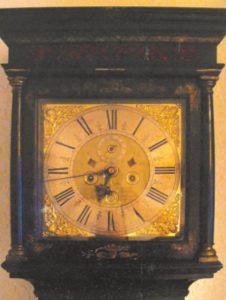
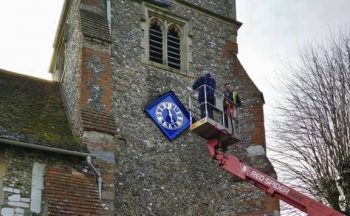
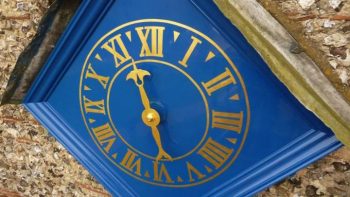 Edward Stuart and his craftsmen made a new, more solid face in
Edward Stuart and his craftsmen made a new, more solid face in